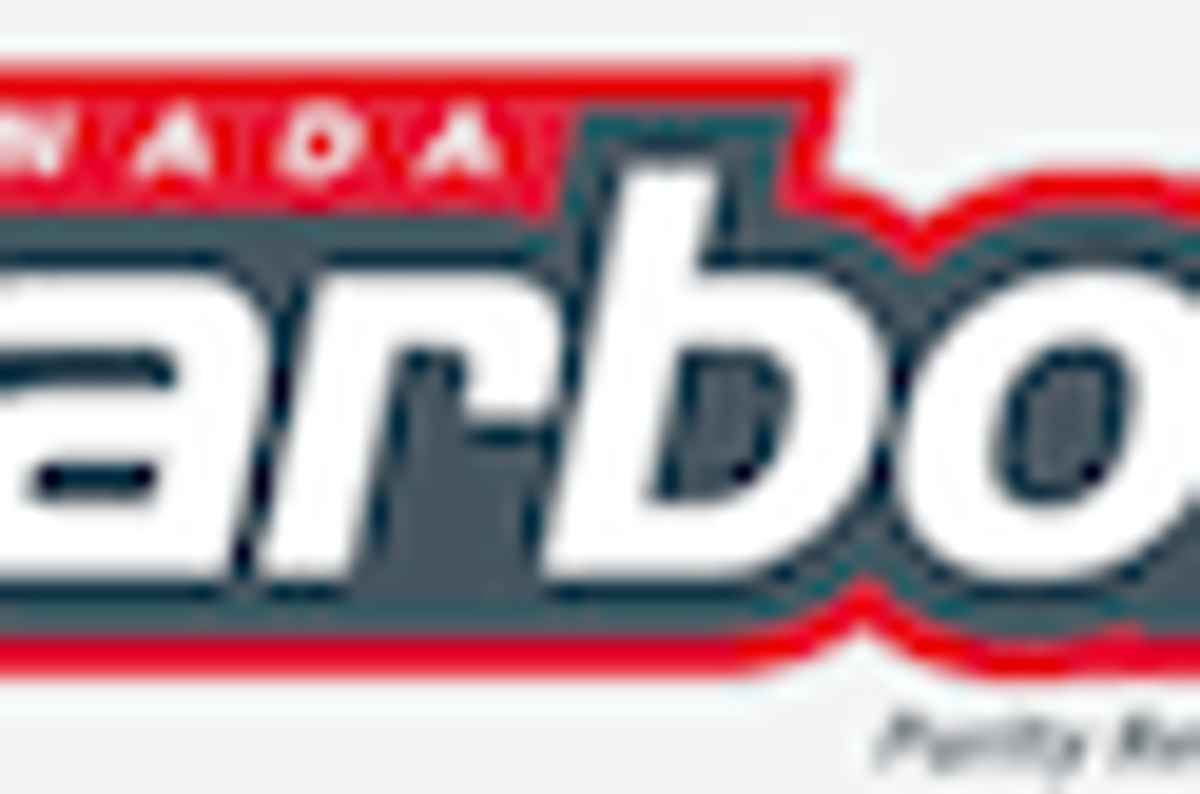Canada Carbon Achieves 99.9997% Graphite Purity for West Block Samples Following Nuclear Graphite Thermal Upgrading

July 21st, 2016, Vancouver, BC, Canada – Canada Carbon Inc. (TSXV:CCB)) is pleased to provide the results of the Glow Discharge Mass Spectrometry (“GDMS”) analysis of two graphite flotation concentrate samples produced at bench-scale by SGS Lakefield from 20 kilogram (“kg”) bedrock grab samples obtained from two locations within the Company’s West Block claims.
July 21st, 2016, Vancouver, BC, Canada – Canada Carbon Inc. (TSXV:CCB)) is pleased to provide the results of the Glow Discharge Mass Spectrometry (“GDMS”) analysis of two graphite flotation concentrate samples produced at bench-scale by SGS Lakefield from 20 kilogram (“kg”) bedrock grab samples obtained from two locations within the Company’s West Block claims. Following thermal treatment, Sample A yielded graphite of 99.9992 % carbon total (“Ct”) purity, with an Equivalent Boron Concentration (“EBC”) of 0.83 parts per million (“ppm”). Sample B was upgraded to 99.9997% Ct purity, with an EBC of 0.74 ppm. These results were obtained using the same metallurgical process parameters more fully described in the Company’s technical report and preliminary economic assessment, which was filed to SEDAR on April 14th 2016, and are substantially equivalent to the results obtained from the thermal upgrading of flotation concentrate from the Company’s pilot plant program. The analytical results reported here indicate that the thermally upgraded samples from the Company’s West Block claims are suitable for nuclear applications. Complete information about EBC calculations and GDMS analysis can be found in the news release dated November 18th 2014.
Both concentrate samples were assessed at Evans Analytical Group (Liverpool, New York) by GDMS before and after thermal treatment. Flotation concentrate A was found to have an overall purity of 99.3% Ct (pre-treatment), with 32 elemental contaminants detected (range 0.08 to 2600 ppm). After thermal treatment, only six elemental contaminants were detectable at ultra-trace levels, and are best reported in parts per billion (“ppb”) concentrations: boron (220 ppb), aluminum (140 ppb), silicon (5200 ppb), nickel (80 ppb), molybdenum (2300 ppb) and tungsten (260 ppb). Flotation concentrate B was found to have an overall purity of 99.7% Ct (pre-treatment), with 24 elemental contaminants detected (range 0.05 to 1500 ppm). After thermal treatment, only four elemental contaminants were still detectable: boron (130 ppb), silicon (2300 ppb), nickel (50 ppb), and tungsten (130 ppb). The following table shows the grade of the samples as they went through the upgrading processes.
The Company has used the same metallurgical processing parameters developed for the processing of graphite mineralization at Phase 1, in order to allow for meaningful comparisons of the analytical results from different sampling locations, based on standardized sample treatments. The substantial equivalence of the metallurgical upgrading results from these widely separated locations strongly supports the Company’s hypothesis for a district-scale marble-hosted hydrothermal graphite depositional event. The Company’s claim holdings and pending claims, totaling over 100 square kilometres, cover all known marble units in the newly confirmed hydrothermal graphite district that includes the East and West Blocks of the Miller property. As previously reported (see news release dated May 17th 2016), the Company has developed a model for a large marble unit on the West Block. Geophysics and mapping indicate that the marble unit extends for up to 1 km in an east-west direction, and is 12 km long along strike. There are a number of potentially graphitic targets associated with the West Block marble unit which will soon be the subject of field exploration activities, now that these early metallurgical results have demonstrated that the West Block graphite mineralization can be readily made suitable for nuclear applications. Field prospecting with man-portable geophysical devices will be used to develop detailed maps suitable for planning sampling programs, a process that proved very successful in the exploration program on Phase 1 of the Miller Project.
Also reported on May 17th 2016, Sample A was collected on VTEM target W3, from a bedrock skarn zone at the contact of marble and paragneiss units. Sample B was collected from outcrop on the strike extension of the historic Cameron Property workings, approximately 3.5 km to the SSW of W3. Both sampling points lie approximately 10 km to the west of Phase 1 of the Miller Project. A large VTEM anomaly is coincident with a graphitic paragneiss unit on the W3 anomaly. At the contact of the paragneiss is a marble unit that extends to the west, with a skarn unit between the paragneiss and the marble, which is the source of Sample A. The previously completed trenching program at target W3 focused on the large anomalies generated by the paragneiss unit. A seven meter channel sample was collected from the exposed marble unit during the second week of July 2016, to evaluate the marble-hosted graphite found in those trenches. Additional trenching will be conducted to further expose the marble and skarn unit in the W3 target area. The Cameron showing (the source of Sample B) and the adjacent marble unit will be the first new target investigated by prospecting and beep-mat geophysics, with other targets to follow.
Canada Carbon Executive Chairman and Chief Executive Officer Mr. R. Bruce Duncan commented, “We are very pleased to determine that the standard graphite processing methods developed for Phase 1 of the Miller Project work equally well on graphite mineralization obtained from widely separated areas of our extensive claim blocks. The discovery of high quality graphite 10 km to the west of Phase 1 of the Miller Project was not unexpected as we had already defined multiple regional and local geological similarities between the two claim blocks, including approximately 15 square kilometres of marble units which could host additional high-purity hydrothermal graphite.”
Connect with Canada Carbon Inc. (TSXV:CCB) to receive an Investor Presentation.

